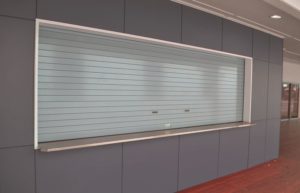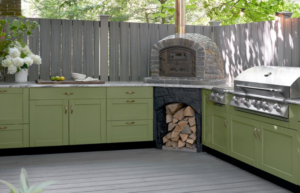What Is A Solar Battery And How It Can Fit Into Your PV-Based Energy Supply System

Like many property owners, you’re probably becoming increasingly interested in the benefits and cost-effectiveness of solar panels and systems. Once this equipment is installed, many households are able to remove themselves from the electrical grid entirely. As such, they know longer have to budget for exorbitant energy bills or look for ways to power their homes when local utilities fail. If you are planning for solar panel installation for your home, it is important to learn just how a solar battery can fit into and enhance this setup.
Battery storage is currently considered to be a cutting-edge innovation in energy storage. That’s because a lot of homeowners are collecting and harnessing energy that they are not able to readily use. When you think about out, these panels get the greatest amount of sun exposure during the warm and sunny months of spring and summer. During autumn and winter, however, they invariably become less effective due to increased cloud cover and storm events.
Seasonal changes in efficiency makes it hard for homeowners to rely on their rooftop systems year-round. In the summer months, the abundance of energy that they collect allows many homeowners to sell excess supplies to their own local utility providers. The monies that they collect from these transactions can help offset their winter energy bills, when the viability of their rooftop systems has greatly decreased.
Batteries, however, help people to overcome this particular problem. Rather than selling excess energy at unimpressive profits, homeowners can opt to store it. When cloud cover is consistent, they will have plenty of energy on supply given that they can have one or more batteries already charged.
This is the perfect way to completely cut your ties with your utility company. If you are looking to go entirely off grid and to stop paying for municipal electrical supplies in any amount, you will need one or more of these components. They will allow you to collect adequate energy for year-round self-reliance.
The key to optimizing the use of these components is learning which types to get, and securing the proper numbers. For year-round self-reliance for home energy, you will need to have a proper battery bank. This will allow for the storage of adequate energy for powering your home all year long, and without the need to rely upon any outside sources for lighting, appliances, and other in-home equipment.
If you are not able to tie into the existing electrical grid due to living in a remote or unincorporated location, this will also be a necessity. These tools are key for ensuring that backup supplies are readily at hand. You will also need to work with your installer to ensure that there are sufficient panels installed for meeting the total energy needs of your household.
Even in instances in which homeowners do not wish to cut ties with local power companies entirely, these components can still be worthwhile investments. They allow people to establish higher levels of self-reliance, and the savings that they supply generally trump the funds being received when selling excess energy. To make an informed decisions about your entire solar panel system, it is important to work with installers who will help you learn all of the benefits and drawbacks of each of your system options.





